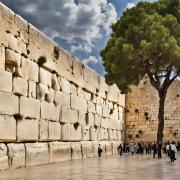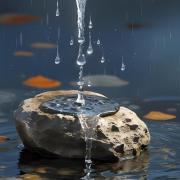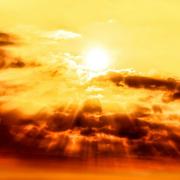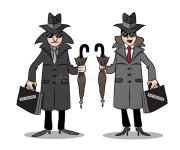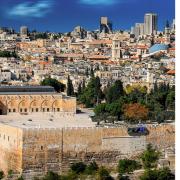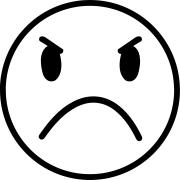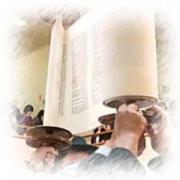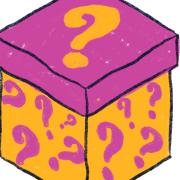The Few versus The Many
What sin led to the destruction of Rabbi Akiva's students? The Talmud (Yevamot 62b) states that the students died because they did not treat each other with respect.
A quick look in the dictionary shows the following:
What is respect? When one admires (someone or something) deeply, as a result of their abilities, qualities, or achievements.
What is disrespect? To disrespect someone is to act in an insulting way toward them. When you disrespect people, you think very little of them. Disrespect is all about not showing respect. It's about showing the opposite of respect, by acting rude, impolite, and offensive.
The Talmud says that 24,000 died in an epidemic called by the Aramaic word "askara." What is askara? Some translators translate it as croup, and others call it diphtheria.
But what led to this catastrophe? What sin did they commit that triggered this epidemic?
Below is only my opinion.
Rabbi Akiva's students were great at Torah, but as is usually the case, some knew less and some knew more.
When you disrespect people, you think very little of them. But why would someone disrespect another human being, especially another student in the class? Only if the other one knows more than he does, which opens the door for one of the heaviest sins - lashon hara, driven by some internal and unconfronted character traits.
They have talked. All 24,000 of them have spoken. And I bet no matter what Rabbi Akiva has said, he could not get through to any of them, and the heavy consequences of the lashon hara eventually caught up to all of them.
After burying 24,000 students, Rabbi Akiva understood one simple rule. It is better to have quality rather than quantity. It is better to have the few that truly follow Torah, its laws, and truly fear G-d, instead of thousands that you have no control over, who may know Torah and its rules, but do not keep them, or allow themselves to break the laws as they see fit.
These are the names of his five students: Rabbi Meir, Rabbi Yehuda bar Ilai, Rabbi Yossei ben Halafta, Rabbi Shimon bar Yochai, and Rabbi Elazar ben Shamua—the luminaries of yesteryears. The Torah we have today is from these five students. But the Torah of the 24,000 is forgotten and not recorded at all.
The simple questions arise:
Where do we stand? Do we follow in the footsteps of the five or 24,000 students? Which camp do we belong to? Each of us does what he does, and Hashem keeps the score, and eventually the consequences of us breaking the Torah laws will catch up to us as well.
Shmuel Katanov






